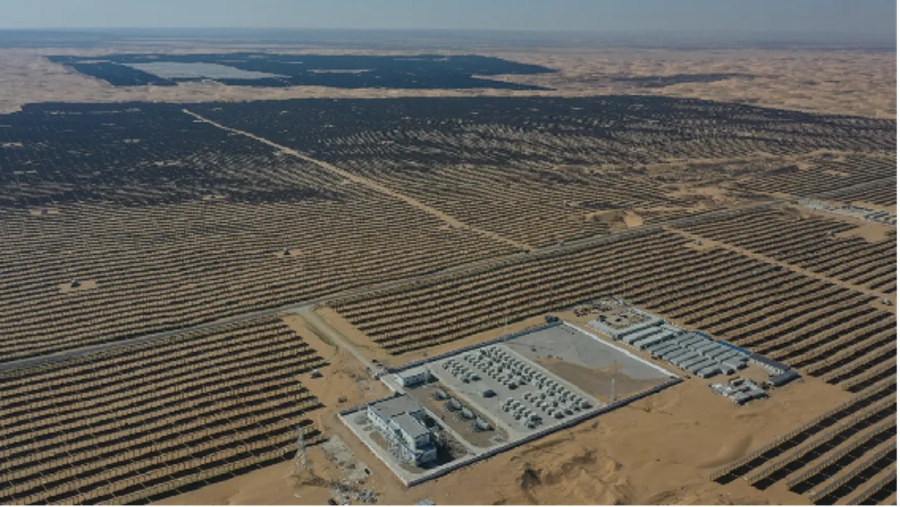Australia’s Altech claims 55% energy capacity boost with battery anode technology

Western Australia-based energy storage technology company Altech Batteries says it has boosted the energy capacity of lithium-ion devices by blending alumina-coated silicon particles with battery-grade graphite – in a 10%/90% mix, respectively – to create a composite graphite/silicon anode for the battery electrode.
“Upon activation, this composite material has now exhibited a remarkable 55% increase in capacity compared to the traditional graphite-only anode material,” the company said in a statement.
Perth-headquartered Altech said, during testing, the anode material had delivered an average energy retention capacity of around 500 mAh/g, significantly higher than the average of approximately 320 mAh/g for a normal lithium-ion battery anode.
“We are thrilled with the significant progress we have made in overcoming the critical challenges associated with using silicon in lithium-ion battery anodes,” Altech Managing Director and Chief Executive Officer Iggy Tan said.
“Our breakthrough technology represents a major step forward in unlocking the full potential of silicon in lithium-ion batteries and we believe it has the potential to revolutionize the battery industry.”
Silicon anodes
Altech said the “game-changing” result demonstrates that silicon particles can be modified to help overcome the drawbacks associated with using silicone as an anode material.
Silicon has around 10 times the energy retention capacity of graphite, making it an ideal addition to anodes to help mold the next generation of lithium-ion batteries.
The use of silicon in commercial lithium-ion batteries has, however, been limited due to two critical drawbacks. Firstly, during battery charge, silicon particles expand by up to 300% in volume, leading to particle swelling, fracturing, and eventual battery failure.
Secondly, silicon can deactivate a high percentage of lithium-ions, thereby reducing battery performance and lifespan.
Spherification
Altech’s testing showed that the company’s innovative composite graphite/silicon batteries were able to overcome these challenges via spherification of the silicon particles.
“The spherical structure allows the distribution of alumina-coated silicon in graphite voids, hence [it] minimizes the electrode layer damaging due to expansion,” the company said.
Altech said the batteries had demonstrated good stability and cycling performance, indicating that the technology is “highly promising.”
Tan said the company is currently commissioning a pilot plant to further scale up its technology and bring it to market.
The result comes just weeks after Altech announced that it had achieved a key milestone with the successful launch of its first 60 kWh Cerenergy sodium-chloride battery prototype in Germany.
The company said that battery unit, which has been installed at joint venture partner Fraunhofer IKTS’ test laboratory in Dresden, has passed all physical tests with “flying colors” and had smashed through forecast performance and efficiency expectations in daily assessments.
From pv magazine Australia.













